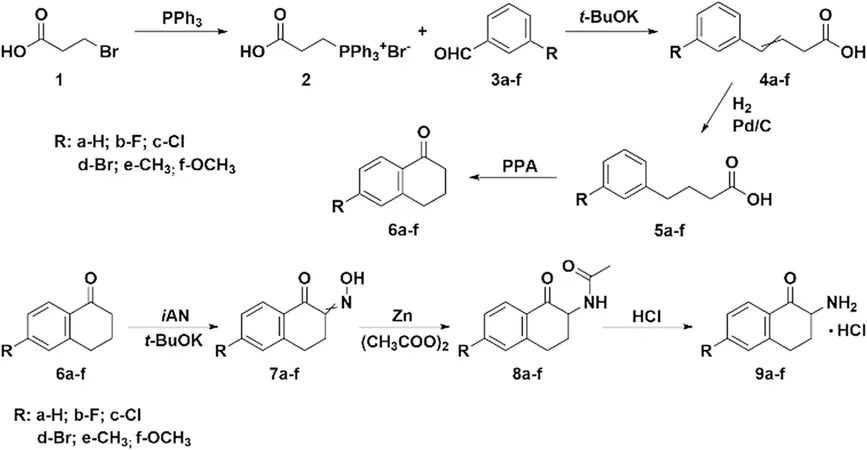
Breakthrough in Psychoactive Research: Scientists Decode New Cathinones with Chiral HPLC
2024-11-04
Author: Sophie
Breakthrough in Psychoactive Research: Scientists Decode New Cathinones with Chiral HPLC
In an exciting development for the field of psychoactive substance research, a team of scientists from the University of Chemistry and Technology in Prague (UCT Prague) has made significant strides in the synthesis and analysis of novel synthetic cathinones derived from α-tetralone. This pioneering study, spearheaded by Professor Michal Kohout from the Department of Organic Chemistry, has revealed critical insights that have implications for both public health and pharmaceutical development.
Published in the esteemed journal Chirality, the research provides an in-depth look at how these novel psychoactive substances (NPS) can be structurally characterized and separated chiral-wise. Cathinones have gained notoriety for their stimulant effects, increasingly captured in various modified forms, presenting ongoing challenges for drug regulation and public safety.
Using a cutting-edge approach that combines high-performance liquid chromatography (HPLC) with a circular dichroism (CD) detector, the researchers have successfully synthesized new derivatives of cathinones and determined their absolute configurations. This innovative technique pairs real-time experimental data with density functional theory (DFT) calculations, allowing for unprecedented accuracy in the determination of the 3D structures of these substances.
"In our research, we not only unveil the 3D configurations of these new cathinones but also present a robust methodology for their absolute configuration determination. This is essential for the creation of safe and effective pharmaceutical products derived from synthetic cathinones," remarked Prof. Kohout.
In a timely move, the research team highlighted that their findings could expedite the legal regulation of such psychoactive compounds. By providing precise data to authorities, they could significantly enhance the categorization and control of these substances, ultimately working towards mitigating the risks associated with their misuse.
As the trend of new synthetic substances continues to rise, this research represents a beacon of hope, paving the way for improved therapeutic applications while ensuring public safety. Stay tuned for more thrilling developments in the world of psychoactive research!









 Brasil (PT)
Brasil (PT)
 Canada (EN)
Canada (EN)
 Chile (ES)
Chile (ES)
 España (ES)
España (ES)
 France (FR)
France (FR)
 Hong Kong (EN)
Hong Kong (EN)
 Italia (IT)
Italia (IT)
 日本 (JA)
日本 (JA)
 Magyarország (HU)
Magyarország (HU)
 Norge (NO)
Norge (NO)
 Polska (PL)
Polska (PL)
 Schweiz (DE)
Schweiz (DE)
 Singapore (EN)
Singapore (EN)
 Sverige (SV)
Sverige (SV)
 Suomi (FI)
Suomi (FI)
 Türkiye (TR)
Türkiye (TR)